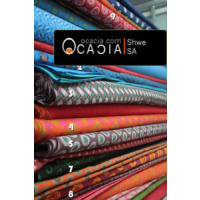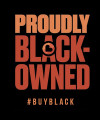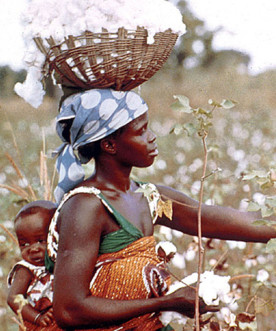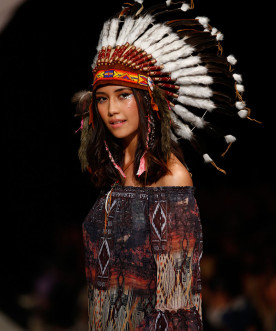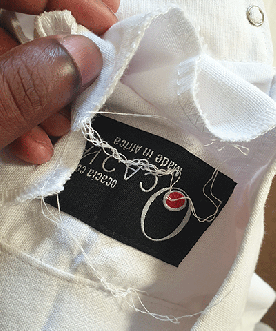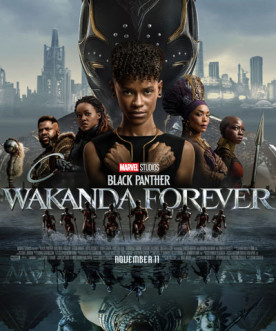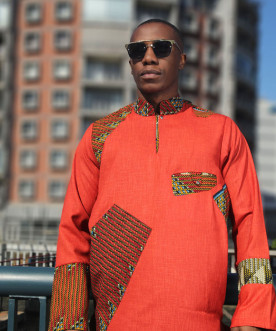African Aesthetic
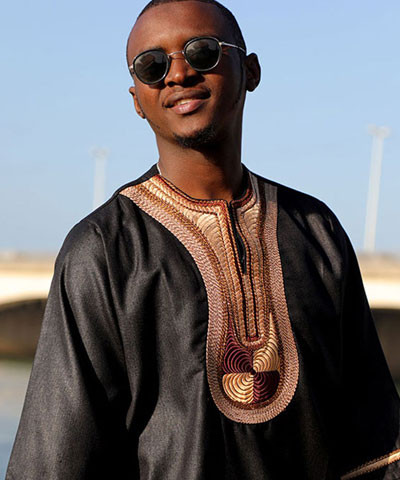
Jun 10 2020
Categories: Design Science
“African clothes” what makes clothes African? African clothes are modern clothes associated with the African continent, namely West African clothing popularized by the Diaspora. If one goes back 500 years most of Africa would not call these clothes African. That came when clothes originally associated with Islam became “Africanized then later spread to non-Muslims in Africa. The spread rapidly increased during colonialism and there were some who wore European clothes (Mbeki) and then there were clothes worn by African Muslims(Umaru Yar’Adua). The Kufi hat is one clear example of items of clothing that were formerly associated with one religious community spreading to other communities and cultures and eventually ending up in the Diaspora with a new meaning (African awakening). Today we are seeing the spread of these West African clothes to South Africa, with modifications (like the ANC colors and the Zulu shield) giving them a SA feel.
So what does it mean when we say African clothes? If I was born in Africa and I make Italian suits are those suits African? If I am Italian and I get some African print made in China and sew a Western top in that fabric is it African? These questions do need to be discussed. Because if an African guy with his own sensibility makes denim jackets the only thing we can say is these denim jackets were made by an African designer. It doesn't mean the denim jackets meet the criteria of being uniquely 'African'. Because what is African? Our clothes use Chinese collars, but that does not stop them from being African. We have shirts with French cuffs--that does not stop them from being African. Every shirt today (minus our Vulcan design) is coming from the same pattern block used all over the world, so there is nothing "African" in the pattern block. For us, Africa is greater than the sum of its individual parts.
And then we must separate a personal aesthetic from that of a cultural block. So the film style of Spike Lee or the clothing style of Ozwald Boateng maybe it is African or maybe it is just local to their personalities independent of them being African. But we can go beyond design personalities when we see a common thread that identifies something as African. The same way we say "that looks Mexican" or ' That is Japanese."
DESIGN PHILOSOPHY
Africans in the main rarely have institutionalized any of our intellectual property. The philosophy of African design culture has been discussed by the European "other" very rarely in any structured way by ourselves via our own authentic African lens. When it does occur it seems to always be chained to something in Europe like discussing an African renaissance. But it explains the failure or underdevelopment of African fashion to make a mark internationally, because like a lot of our artforms they are "primitive" compared to the rest of the world. There are institutions in India that teach Indian classical dance, there are no such institutions anywhere in Africa for a P.h.d level understanding of African embroidery. In Japan you have formal schools that teach sushi, and grant internationally recognized awards; they have standards established. But no such thing exists for African fashion. But this is not the case when it comes to say Jazz, but then again who is writing about it? Ken Burns, Ted Gioia and Philip Larkins?
COMPONENTS OF "AFRICAN"
While no one element can be used as a rule for everything African one feature of African clothes is how colors are used. Our website has a PUNCH which is 100% something very common in African clothes
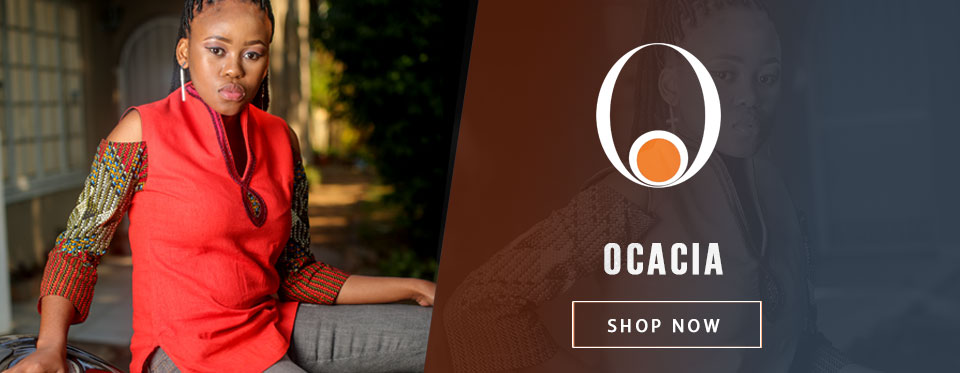 .
.
JAZZ and Ocacia
What makes Jazz jazz? But you know it when you hear it, even when distorted by the likes of Kenny G, you know it shares some ancestry to the great work of Miles Davis, Coltrane, and Monk. There is something in it that makes it what it is. African clothes for us are the same. Jazz is improvised our clothes are improvised. When Coltrane played "Favorite Things" in Paris and played it years later in New York it never once sounded the same--but still was the same. Every time Wayne Shorter performs Endangered Species it is different may it be on the album or in Newport. When Esperanza Spalding plays it, again it is different. This is our approach to bespoke. A lot of the philosophy of design seen in jazz can be applied to everything! It is when you see art as art with no borders (music, clothes, film) that you realize the common creative energies are identical.
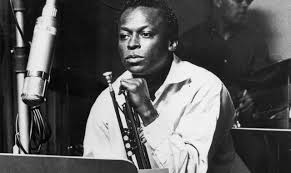
ART IS ART
Art is art, it is a creative process. We could be talking about making a new piece of music or designing a new sportbike. Designing or the creative process has in two components: science and the art. Science, as it relates to fashion, dictates the function of a garment, the rules that are required to make a garment fit and function–they cannot be altered they must be obeyed. In a car it would be things like aerodynamics, brakes, doors, etc. In music it would be time signature, keys, staying in tune, counterpoint, etc. The creative or design part of it would be where the artist can express themselves underneath the functional science each genre of design allows.
The minute you decide on an option your next option is limited. It is a mathematical equation. So if you start to create music or come up with a new design for a shirt, the minute you decide you want to use White linen, your next set of options exponentially decreases. When you decide you want to mix it with a Dashiki brown and cream print, your next set of options decreases exponentially even more. On and on until your final design choice is almost zero. And music is the same. Once you decide the tempo, the key, the melody your next decision is exponentially diminished until the design/music reveals itself. And this is also true for film. Once you set the mood, the color the aesthetic the film gets narrower. 2))
The function of the designer is to create clothes that are used as an adornment.
WHAT IS A DESIGN
What is a design? Can you grab pink pants and some purple shoes and a green top and a sharecropper hat and just fuse them together and call it a design? If so then the word design has absolutely no value. So since we agree on that part, what makes a design a design? When it has a process or creative motivation behind it. When you put it like that a lot of that high art gets the bin if you ask me (not that you asked me). There must be some consistency and an overarching aesthetic that drives the thing. Makes no difference if it is simple or complex. I would argue that the simpler you make it, the more challenging it is to hold it up as a design. The same is true for cinema, photography, architecture, and even poetry. So the absence of design means lacking a cohesive aesthetic. And this is not a subjective thing. Just like g= 9.81 is not subjective. There is science behind it all.
Above is an example of the Rule of 3rds which is universally accepted for framing images in a more aesthetically pleasing manner. For whatever reason, it is more true than not in photography and filmming.
OUR BEST DESIGNS
What are our best designs? It is a complicated question because the answer will change depending on the criteria we use for best. But the topic came up yesterday and the best designs of a designer are going to be very different from "best" designs by popularity. Khufu is one of our best designs in terms of innovation. But we also have best designs in terms of technical accomplishment and our growth as a designer label. We also have best designs in terms of how a concept has been translated to a viable product--such as our Dashiki 101. Because that was a flawless conversion. So best design is not just what looks hot! Our denim jackets and our jeans are also best in terms of how we were able to innovate and put an African aesthetic on a product of another culture.

